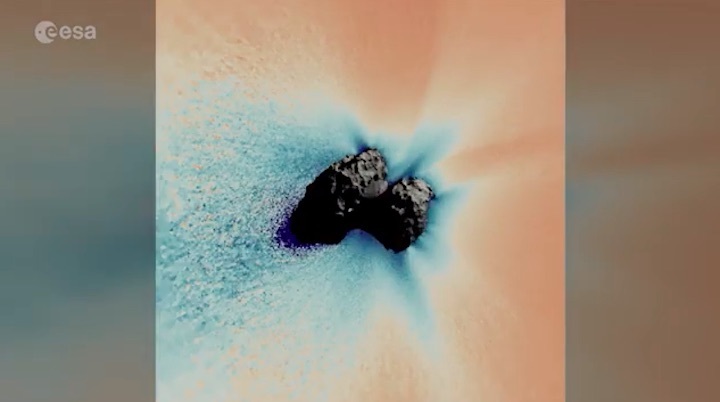13.11.2019

ESA-Video: http://www.esa.int/ESA_Multimedia/Videos/2019/11/Rosetta_s_ongoing_science
On 12 November 2014 Philae became the first spacecraft to land on a comet as part of the successful Rosetta mission to study Comet 67P/Churyumov-Gerasimenko. Five years later, and after the mission’s official end in 2016, Rosetta is continuing to provide insights into the origins of our Solar System.
Rosetta’s instruments have already discovered that the comet contained oxygen, organic molecules, noble gases and ’heavy’ or deuterated water different to that found on Earth.
As scientists continue to analyse data from Rosetta’s instruments, including the ionised gas or plasma, the results are improving our understanding of comets. Mission data is also being delivered to an archive as a future resource.
Rosetta orbits the Sun every 6.5 years and will pass the Earth again, visible from ground-based telescopes, in 2021. ESA’s future Comet Interceptor mission will build on Rosetta’s success when it performs a flyby of a comet. But, unlike Rosetta, the comet will be new to our Solar System.
The film contains interviews with Charlotte Goetz, Research Fellow, ESA; Kathrin Altwegg, ROSINA instrument principal investigator, Rosetta/University of Bern; Colin Snodgrass, Comet Interceptor deputy principal investigator/University of Edinburgh
Quelle: ESA

